



Begin with a thorough assessment of the affected areas. Identify the extent of the discolouration or texture changes on the surface. If the damage is superficial, a combination of a soft-bristled scrub brush and a dedicated masonry cleaner can often restore the original appearance. Apply the cleaner generously, let it sit for a few minutes, and scrub gently to lift the stain.
For deeper impressions, a more intensive approach may be needed. Mixing equal parts of water and muriatic acid can help in penetrating stubborn spots. However, caution is essential; wear protective gear and ensure proper ventilation. Apply the solution sparingly with a brush, and after a brief period, rinse thoroughly with water to neutralise any lingering acid.
Finally, consider sealing the surface once it has been restored. A high-quality sealant will protect against future stains and enhance the overall durability of the flooring. Regular maintenance, including periodic cleaning and resealing, will significantly extend the life of your outdoor surfaces, preventing further complications down the line.
Restoration Techniques for Concrete Surfaces
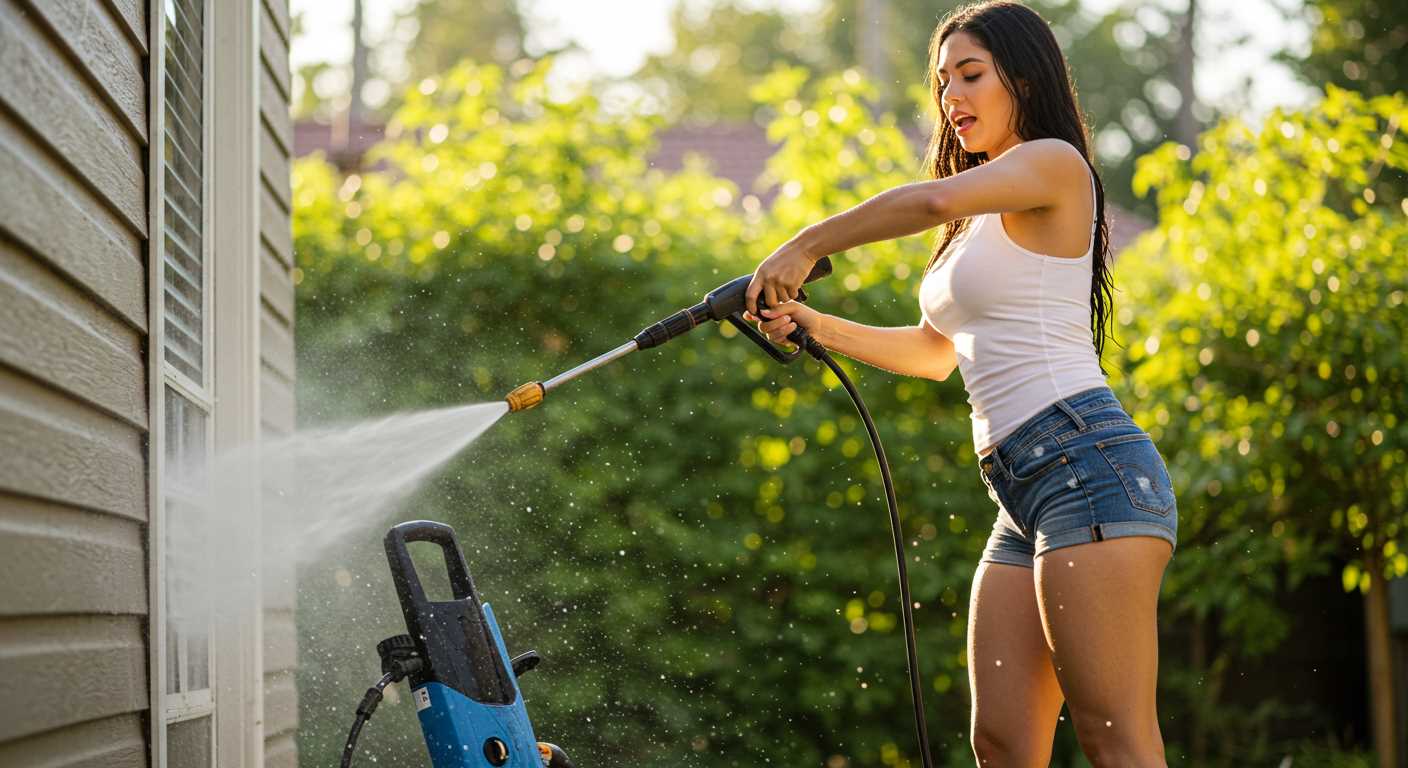
One option involves using a concrete cleaner specifically designed to penetrate and lift discolouration. I recommend choosing a product with a pH balance that suits your surface type. Apply the cleaner using a garden sprayer for even distribution. Let it sit for the timeframe indicated on the label before scrubbing the area with a stiff-bristled brush.
If stains persist, consider a gentle acid etching solution, such as diluted muriatic acid. Mix one part acid with ten parts water, and apply it cautiously to the affected area. After a short dwell time, scrub and rinse thoroughly to neutralise the acid. Make certain to wear protective gear during this process.
For deeper, more stubborn discolouration, manually resurfacing the area may be necessary. Use a concrete resurfacer to level off and restore the original appearance. Clean the surface, mix the compound according to the manufacturer’s instructions, and apply with a trowel, feathering it out to blend seamlessly with the surrounding area.
Regular maintenance through periodic cleaning with a mild detergent can also help prevent future issues. A gentle scrubbing approach with a soft brush will keep the surface free from grime, reducing the chances of staining.
Lastly, applying a concrete sealer post-restoration can offer protection and enhance durability. Choose a sealer that best matches your surface to maintain an even appearance and prevent moisture penetration, ultimately prolonging the life of your flooring.
Identify the Type of Pressure Washer Marks
Begin by examining the concrete surface closely. Different types of blemishes require distinct approaches for resolution. Here’s how to categorise them:
Types of Defects
- Light Scarring: These are shallow grooves, often caused by an improper angle or distance from the surface during cleaning. They typically require minimal intervention, such as a gentle scrub with a mild abrasive cleaner.
- Deep Etching: Severe instances can result in noticeable indentations. These may need a more thorough approach, like using a grinding tool or resurfacing compound to restore the original texture.
- Discolouration: Stains left by chemicals or detergents used during cleaning. Address these with appropriate stain removers or poultices, ensuring to follow up with proper rinsing.
Visual Indicators
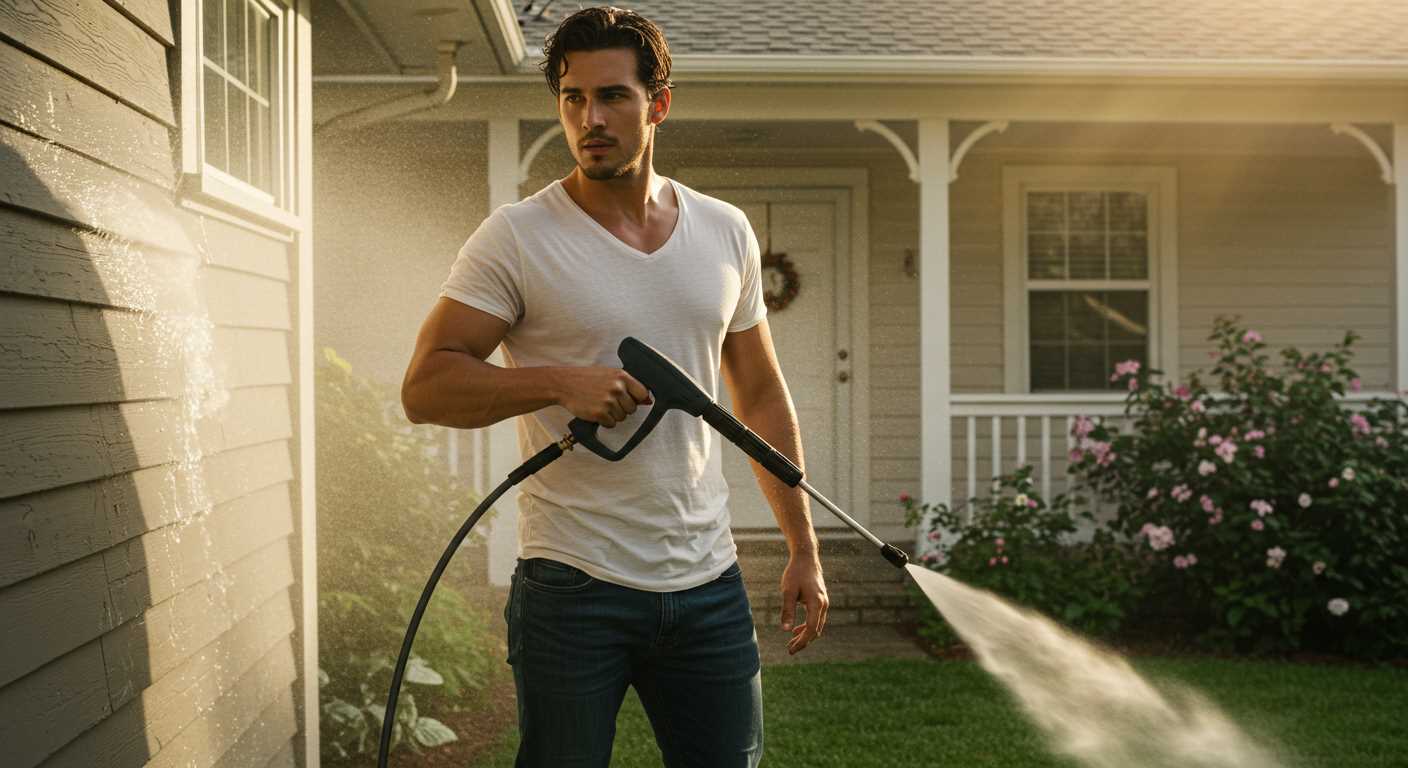
Assess each section for colour intensity and texture differences:
- Look for faded patches or shiny areas; these can indicate uneven cleaning.
- Check for residue left behind by cleaning agents, as this may require additional scrubbing and rinsing to eliminate.
By identifying and categorising the specific issues present, an effective remediation strategy can be devised to restore the concrete surface to its former condition.
Assess the Severity of the Damage
Begin by examining the concrete thoroughly. Look for variations in texture, colour changes, or etching that indicates deeper damage. Grab a wet cloth and wipe the area; this will help reveal the extent of staining and provide a clearer picture of what needs addressing.
Use a simple rating system to categorise the damage:
| Severity Level | Description | Possible Methods for Repair |
|---|---|---|
| Minor | Surface discolouration or light etching, barely noticeable. | Cleaning with a gentle scrub, applying a concrete sealer. |
| Moderate | Visible etch patterns or significant colour changes, affecting appearance. | Using an acid wash or concrete revitaliser, followed by resealing. |
| Severe | Deeply etched areas or cracks, structural integrity possibly compromised. | Professional remediation, resurfacing, or filling in cracks with appropriate materials. |
Identify any areas with loose chips or severe pitting; these will require immediate attention to prevent further degradation. Test the concrete’s porosity by pouring a small amount of water on it; if it absorbs quickly, that signifies deeper cleaning and treatment may be necessary.
Document your findings with photos or notes, providing a reference for any repair strategy you choose. This assessment stage is essential for selecting the most suitable course of action.
Select Appropriate Cleaning Solutions
Choosing the right cleaning agents can drastically improve results on stained surfaces. For light blemishes, a mixture of water and dish soap proves effective. Use warm water for better emulsification. Apply this solution with a soft-bristle brush or a sponge, ensuring not to damage the surface’s integrity.
For tougher stains, consider using a degreaser or a concrete-specific cleaner. These products are formulated to penetrate deeper, breaking down stubborn residues. Apply according to the manufacturer’s instructions, allowing the solution to sit for the recommended time before scrubbing and rinsing.
Oxygen bleach offers an eco-friendly alternative for removing organic stains, such as algae or mildew. Mix oxygen bleach with water and apply it to the affected areas. Let it activate for several hours, then scrub and rinse thoroughly.
If you encounter discolouration from rust, a rust remover will be necessary. These products typically contain phosphoric acid, which targets rust effectively. Follow safety precautions and application guidelines closely, as this chemical can be harsh.
Always test any cleaning solution on a small, inconspicuous area first. This precaution helps prevent potential reactions that may further damage the concrete. Once you’ve selected an appropriate cleaning method, proceed with confidence towards achieving a cleaner, more uniform surface.
Prepare the Surface for Treatment
Begin by thoroughly clearing the area of debris, dirt, and any loose particles. A broom or leaf blower can be effective for this task. Ensure the site is dry, as moisture can hinder the treatment process.
Next, inspect for any vegetation or moss that might be growing in the affected spots; these should be removed to provide a clean slate. A garden hoe or a sturdy brush can assist in this removal.
Check for Structural Issues
Examine the concrete for cracks or chips. Any existing damage should be repaired prior to applying any cleaning solutions to ensure the treatment is not compromised. Use a concrete filler for minor repairs, allowing it to cure fully according to the manufacturer’s instructions.
Gather Your Cleaning Tools
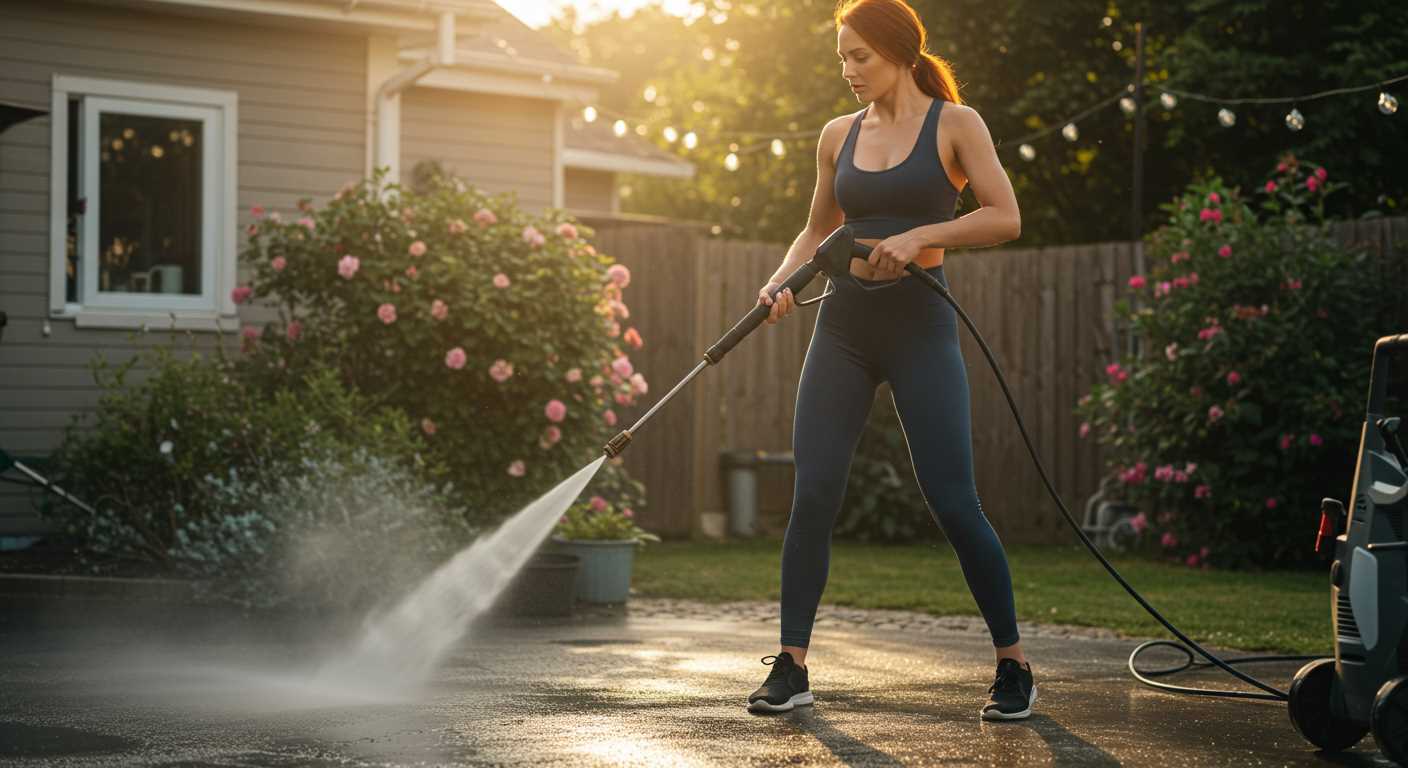
Collect necessary tools such as brushes with stiff bristles, buckets, and any chosen cleaning agents. Having everything prepared will streamline the cleaning process and lead to better results.
Apply Cleaning Methods for Different Marks
Assessing the type of blemish is crucial before deciding on a method of cleaning. Below are targeted techniques for various types of contaminants found on concrete surfaces.
Grease and Oil Stains
- Use a degreaser specifically formulated for concrete surfaces. Apply directly onto the stain.
- Scrub with a stiff-bristled brush to agitate the surface and lift the grease.
- Rinse with water and repeat if necessary until the stain is completely removed.
Rust Stains
- Utilise a rust remover containing oxalic acid. This reacts with the rust to dissolve it.
- After applying the remover, allow it to sit for the recommended time to effectively penetrate the stain.
- Scrub with a brush, then rinse thoroughly with ample water.
Mineral Deposits and Efflorescence
- Employ a vinegar solution (mix equal parts vinegar and water) to combat mineral deposits.
- Pour the solution over the affected area and let it sit for several minutes to break down the minerals.
- Scrub the surface with a brush and rinse away the residue with clean water.
Organic Matter (Mould and Algae)
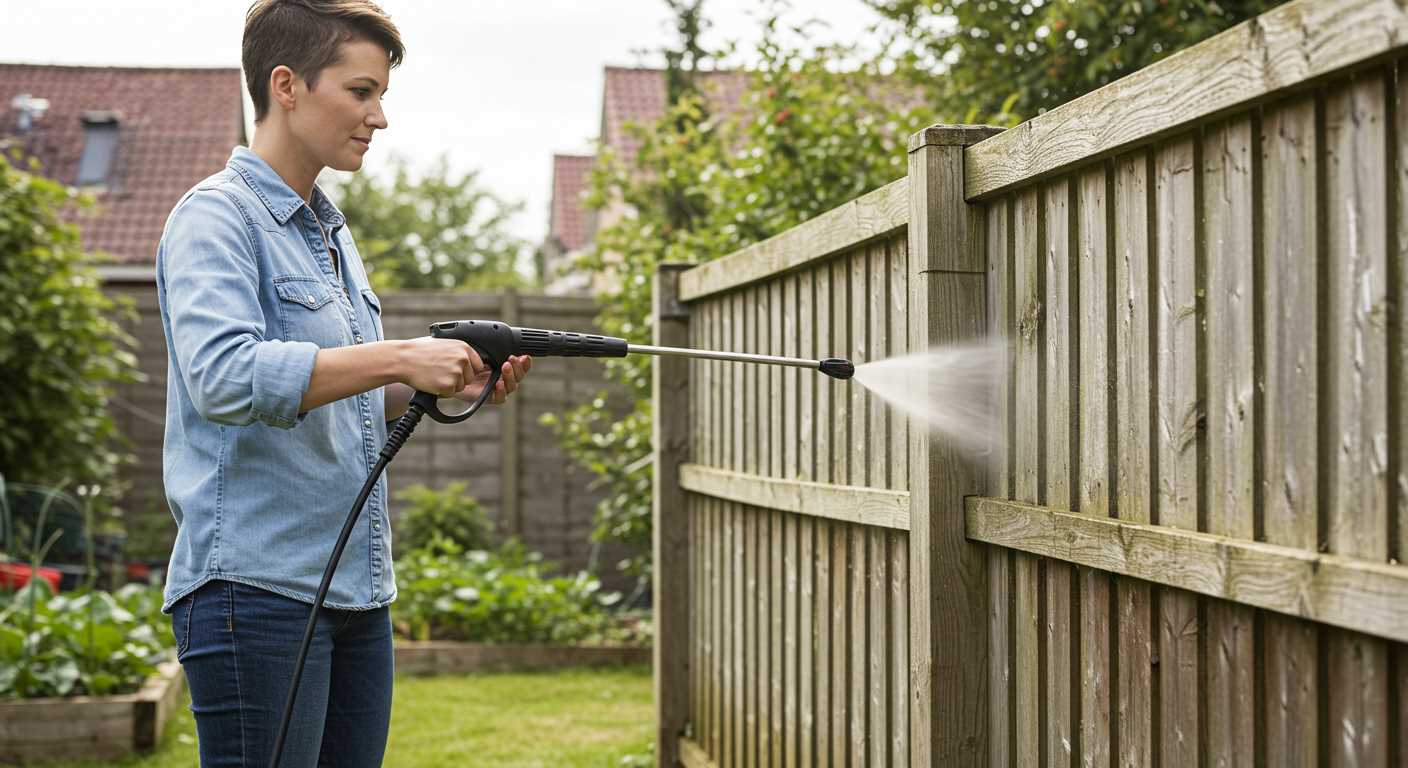
- Mix a bleach solution (one part bleach to ten parts water) for killing mould and algae.
- Apply the mixture generously to the area and allow it to sit for at least 15 minutes.
- Brush the area to remove the growth and rinse well to prevent any possible bleaching of adjacent surfaces.
Testing any cleaning solution on a small, inconspicuous area first is always wise to ensure compatibility with the concrete. Choose appropriate protective gear as well, especially for chemical treatments, to safeguard yourself during the cleaning process.
Finish with Sealants or Coatings
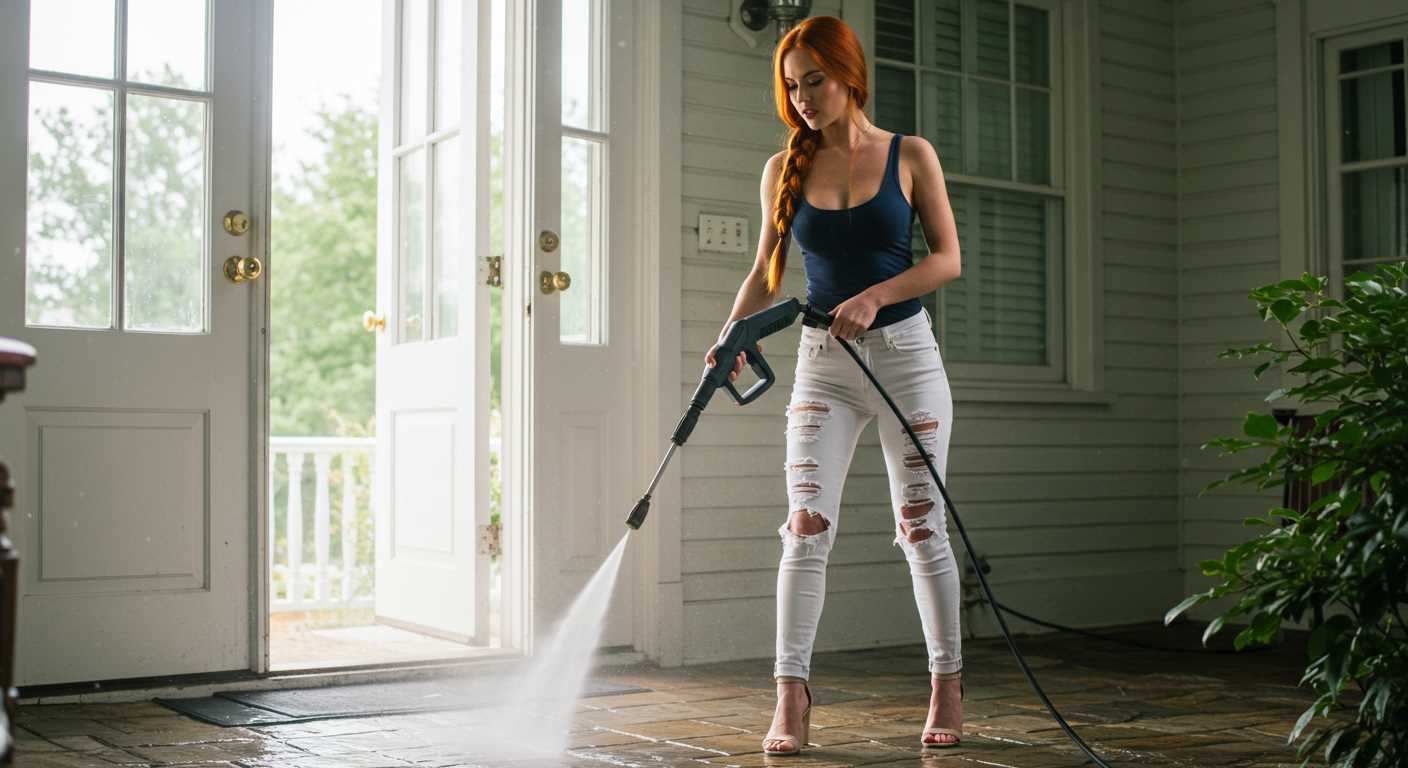
Applying a sealant or coating can significantly enhance the appearance and longevity of your surface post-restoration. Select a product that suits your specific substrate, ensuring it is compatible with the existing material. A penetrating sealant works well for porous surfaces, while a topical coating may be ideal for smoother finishes.
Choosing the Right Product
Review the manufacturer’s guidelines on application processes and drying times. Look for sealants that offer UV protection and are water-resistant, which adds an extra layer of defence against future staining and weather elements. It is advisable to test a small area first to confirm compatibility and appearance before full application.
Application Techniques
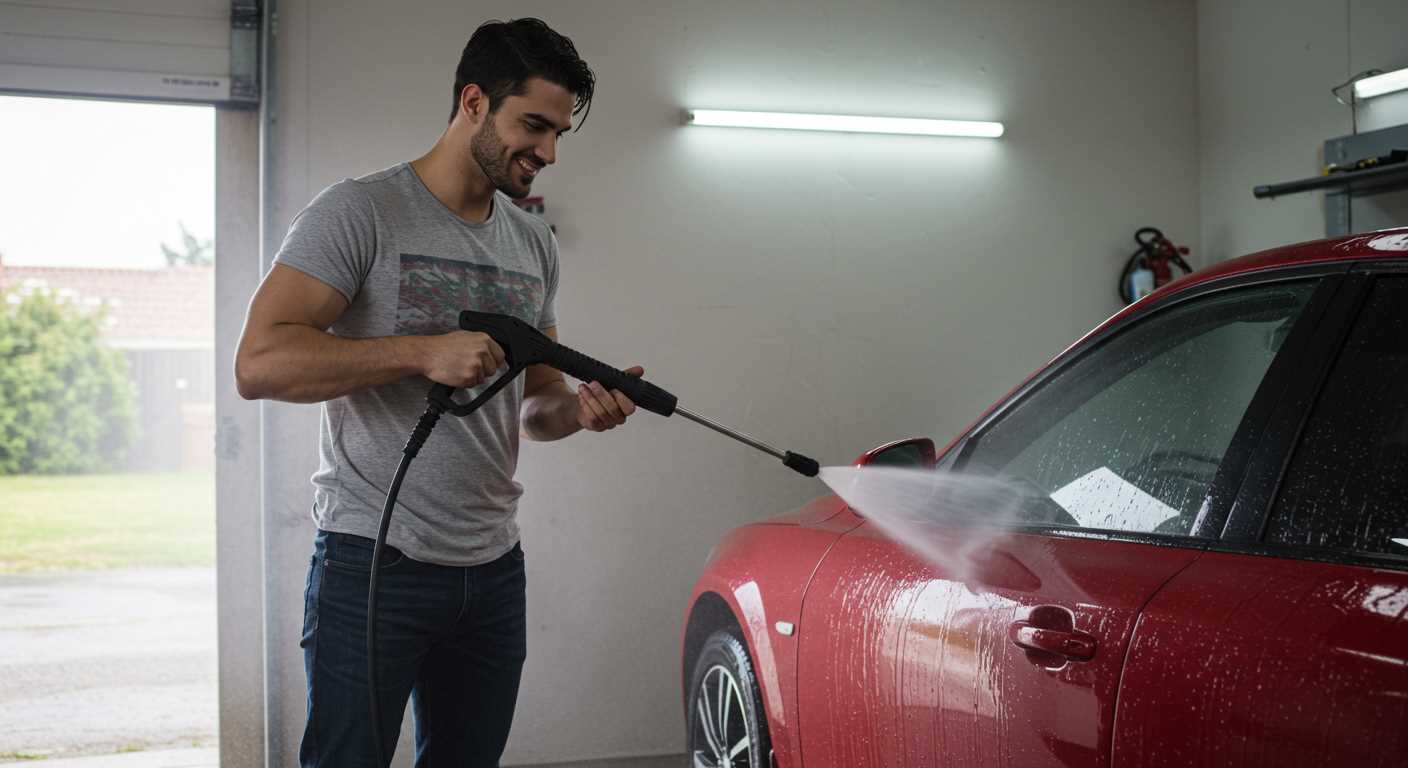
Before applying the sealant, ensure the surface is completely clean and dry. Use a roller or brush for an even application, working from one corner to the opposite to avoid overlap marks. Depending on the product, multiple coats might be necessary to achieve the desired finish; follow the recommended curing times between applications for best results.
Maintain Surfaces to Prevent Future Issues
Regular maintenance is paramount for preventing unsightly blemishes on your hardscape. Begin with routine cleaning using a soft-bristle broom to remove debris and dirt that can accumulate over time.
Next, apply a mild detergent mixed with water for deeper cleaning. This solution helps lift stubborn grime without damaging your surface. Rinse thoroughly to ensure all cleaning agents are washed away. Maintaining a neutral pH in your cleaning solutions is critical to avoid chemical damage.
Consider sealing your surfaces with a quality sealant. This step not only enhances appearance but also creates a barrier against stains and degradation. Reapply sealants annually or as recommended by the manufacturer. Pay attention to high-traffic areas, as these may require more frequent sealing.
After cleaning and sealing, inspect the surface for cracks or chips. Addressing these issues promptly can prevent water infiltration, which may lead to further damage. Fill any cracks with a suitable filler and smooth out the surface to maintain an even texture.
Finally, control vegetation near your hardscape. Weeds and roots can contribute to surface deterioration. Implementing a landscape fabric barrier can minimise growth while allowing water drainage.
FAQ:
What are pressure washer marks and why do they appear on cement surfaces?
Pressure washer marks are streaks or patterns left behind after cleaning a cement surface with a pressure washer. These marks often occur due to uneven pressure, high pressure settings, or improper nozzle adjustments. Particularly on porous surfaces like cement, the water can penetrate more deeply in certain areas, leading to discoloration or cleaning patterns that differ from the rest of the surface. Additionally, if dirt or grime was not completely removed before pressure washing, it could leave behind residue that appears as marks.
How can I prevent pressure washer marks when cleaning my cement driveway?
To prevent pressure washer marks, it is important to use a consistent and controlled approach while cleaning. First, ensure that the pressure washer is set at an appropriate pressure level for cement—typically around 2000 to 3000 PSI. Always keep the nozzle at a consistent distance from the surface, usually about 12 to 18 inches. It is also advisable to use a fan spray nozzle rather than a pinpoint one, as this spreads the water over a larger area, reducing the risk of etching or marking. Additionally, pre-treating the surface with a suitable cleaner and rinsing thoroughly can help minimise residue and improve the overall cleaning process.
What steps can I take to fix existing pressure washer marks on my cement?
To fix pressure washer marks, you may start by cleaning the area with a broom or blower to remove any loose debris. Next, consider resurfacing the affected areas with a cement patch or overlay, which can help create a uniform appearance. If the marks are mild, using a concrete cleaner and a stiff brush may restore the texture and colour of the surface. For more severe issues, applying a concrete stain or sealer can assist in blending the marked areas with the rest of the surface. If unsure, contacting a professional for advice or assistance is always a wise option.
Are there any long-term solutions to avoid future pressure washer marks on cement?
Yes, there are several long-term solutions to avoid pressure washer marks on cement. One effective method is to seal the concrete surface with a high-quality concrete sealer, which can protect against stains and help maintain its appearance. Regular cleaning and maintenance, using a mild detergent with a lower-pressure setting, instead of high-pressure washing, can help preserve the surface’s integrity. Additionally, follow a proper cleaning technique by overlapping strokes during washing and ensuring even coverage. Finally, consider professional treatments such as concrete polishing or resurfacing, which can enhance the durability and aesthetic of the cement surface over time.







